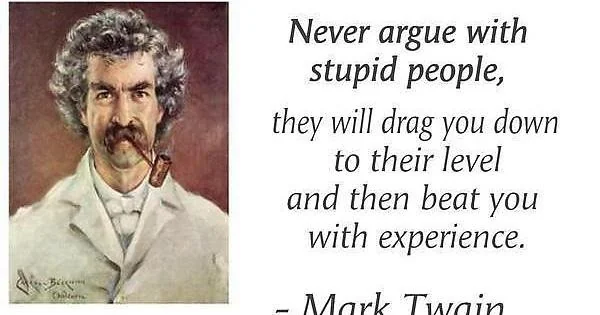Black Wall Street

Black Wall Street, located in the Greenwood neighborhood of Tulsa, Oklahoma, was a thriving hub of African American businesses and prosperity in the early 20th century.1 It was a testament to the resilience and entrepreneurial spirit of Black Americans despite facing systemic racism and segregation.2
Key Features of Black Wall Street:
- Self-sufficient economy: Greenwood had its own banks, businesses, and services, catering to the needs of the Black community.3
- Wealth and prosperity: The area was known for its affluent residents and thriving businesses, earning it the nickname “Black Wall Street.”4
- Community and culture: Greenwood was a vibrant center of Black social and cultural life, with churches, schools, and community organizations.5
The Tulsa Race Massacre:
The prosperity of Black Wall Street came to a tragic end in 1921 when a white mob attacked the Greenwood neighborhood, destroying homes and businesses and killing many residents.6 The Tulsa Race Massacre, as it became known, was a devastating blow to the Black community, but it also demonstrated the deep-seated racism and violence that African Americans faced during this era.
Legacy of Black Wall Street:
Despite the destruction of Black Wall Street, the legacy of this once-thriving community lives on. It serves as a reminder of the resilience and ingenuity of Black Americans, as well as the ongoing struggle for racial justice and equality. Efforts are underway to revitalize the Greenwood neighborhood and preserve the history of Black Wall Street for future generations.7
Additional Resources:
- Tulsa Historical Society & Museum: https://www.tulsahistory.org/
- Greenwood Cultural Center: https://www.greenwoodculturalcenter.org/
- The 1921 Tulsa Race Massacre: https://www.blackpast.org/african-american-history/tulsa-race-riot-1921/
Black Wall Street was a nickname for the Greenwood neighborhood in Tulsa, Oklahoma, a thriving hub of African American businesses and prosperity in the early 20th century. It was a testament to the resilience and entrepreneurial spirit of Black Americans despite facing systemic racism and segregation.



